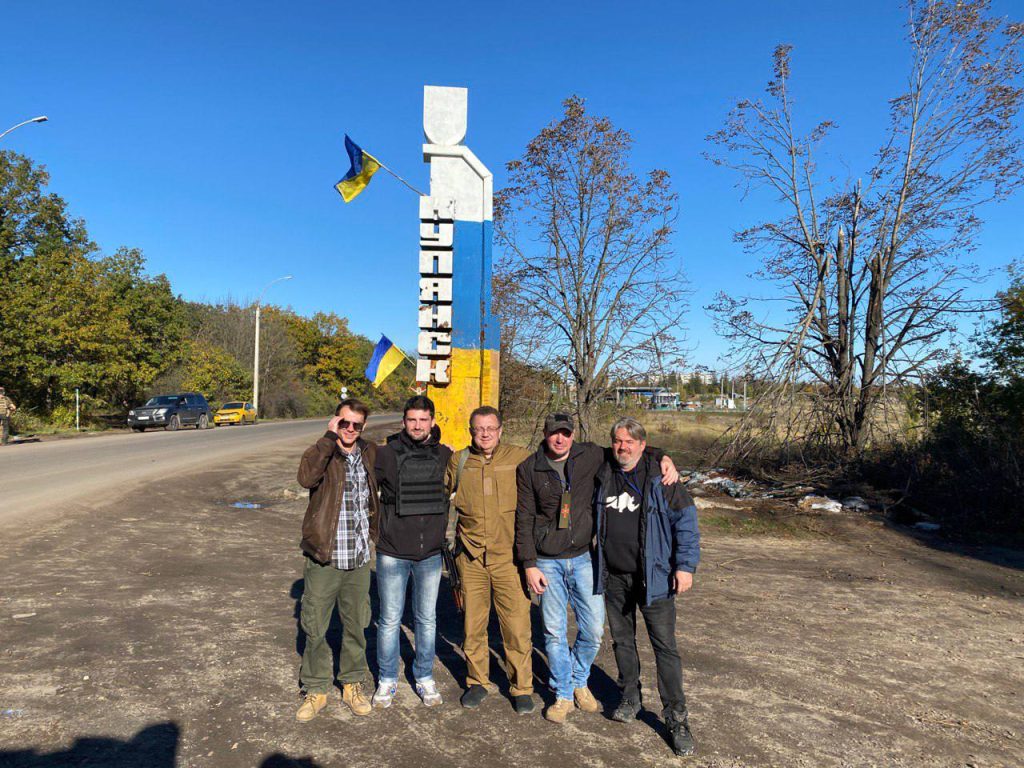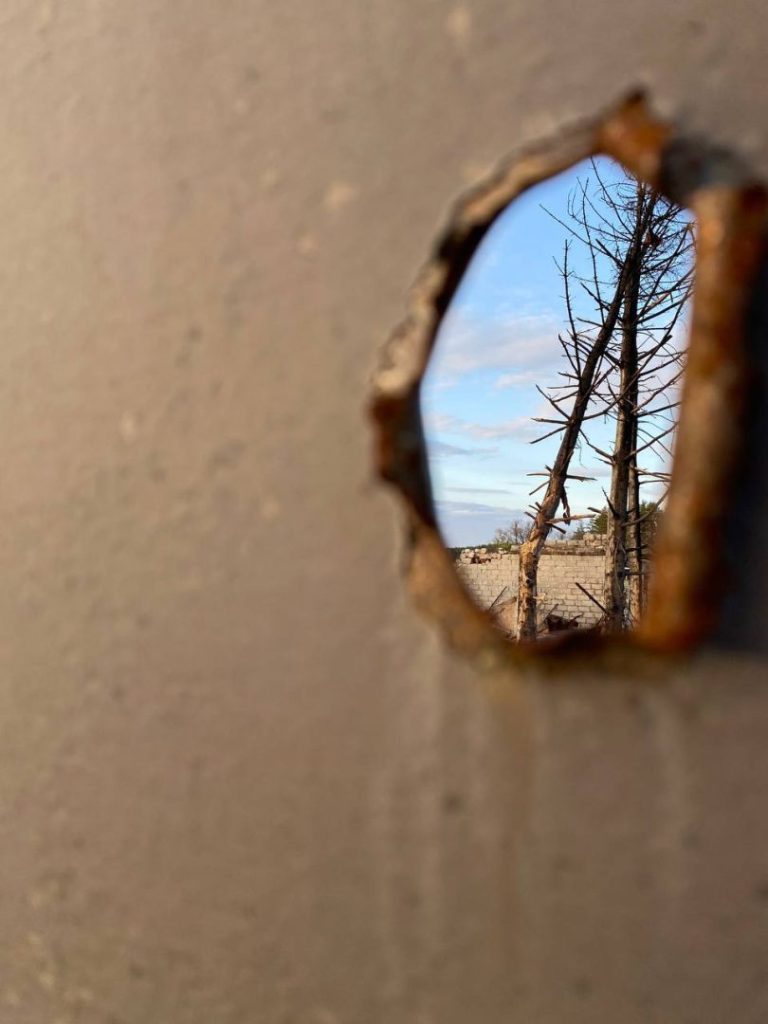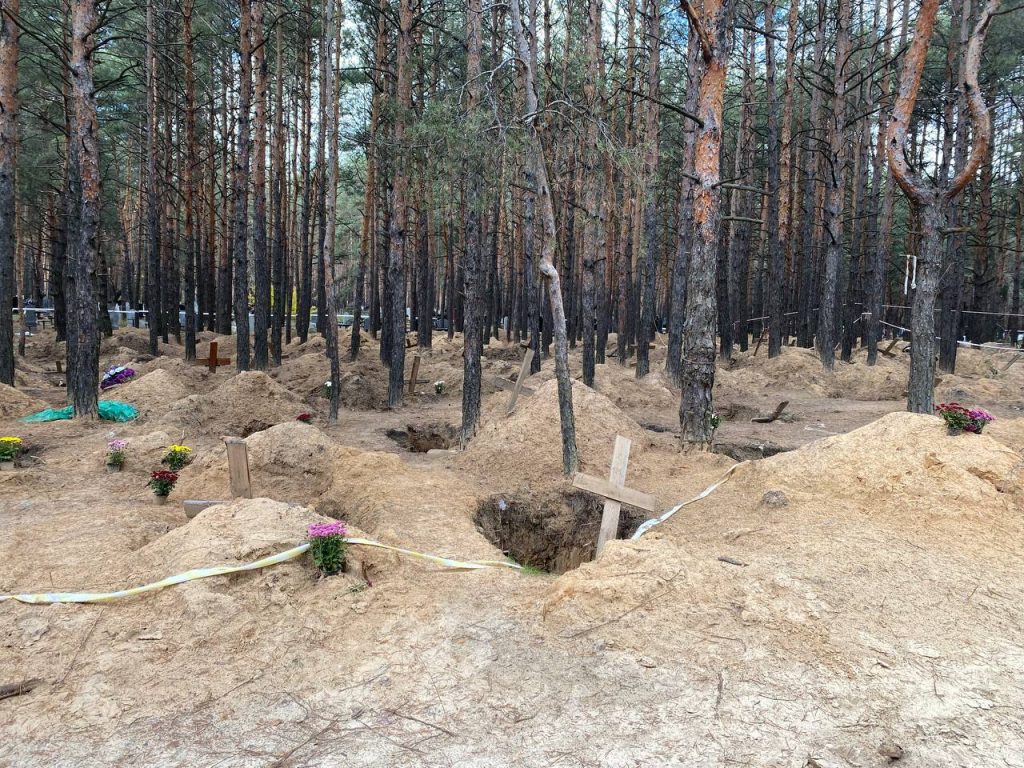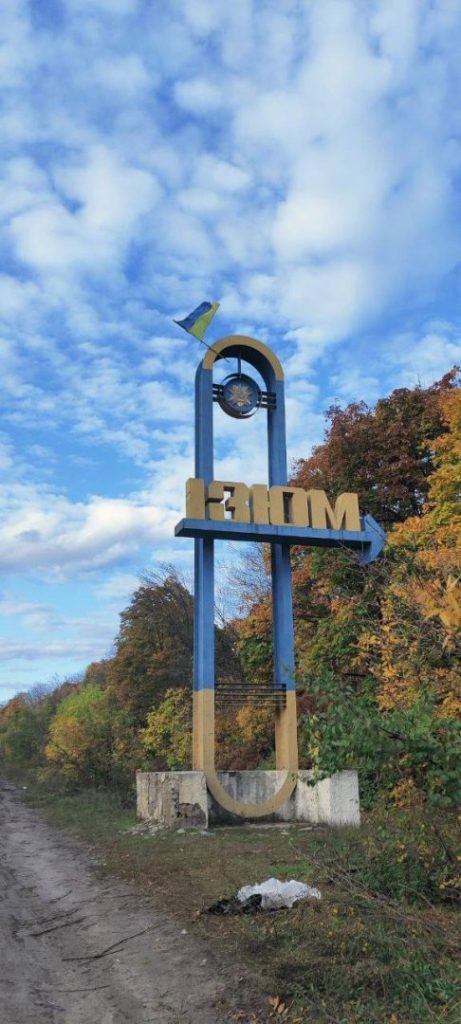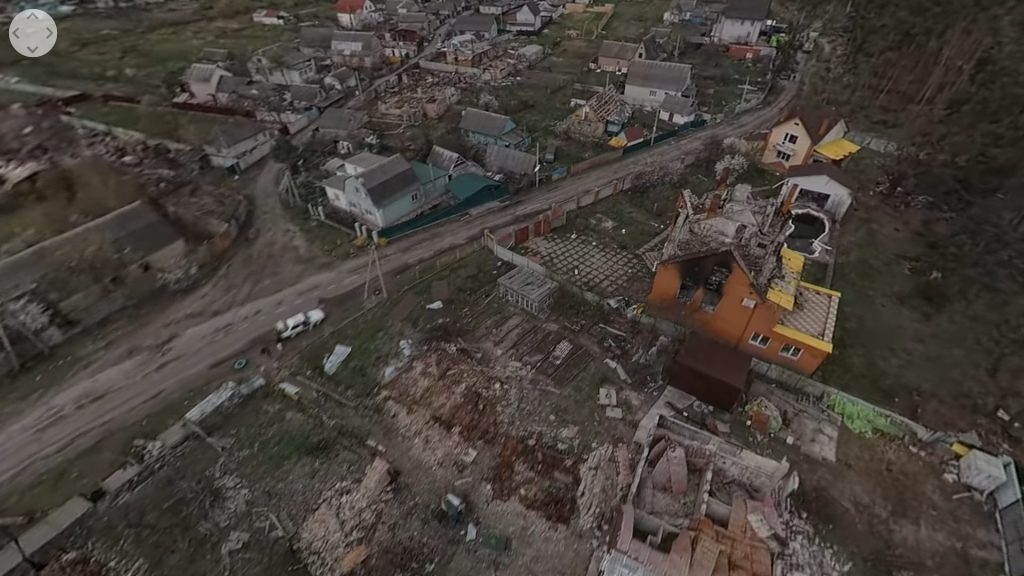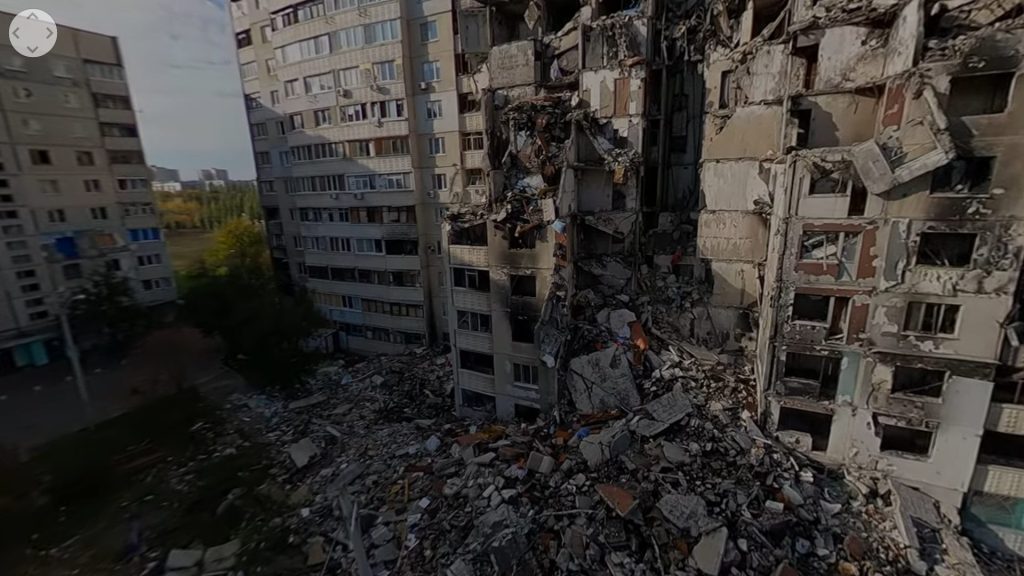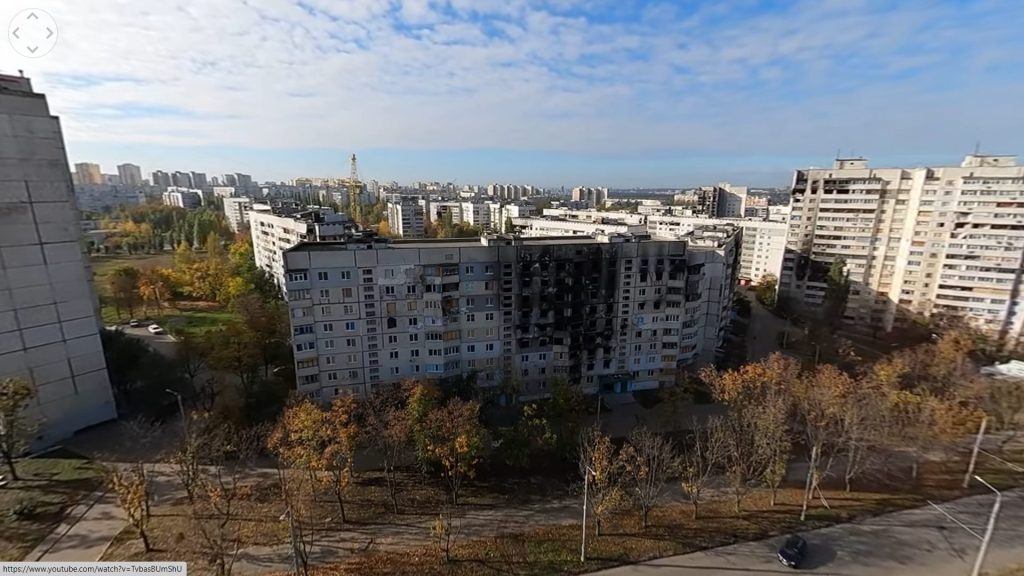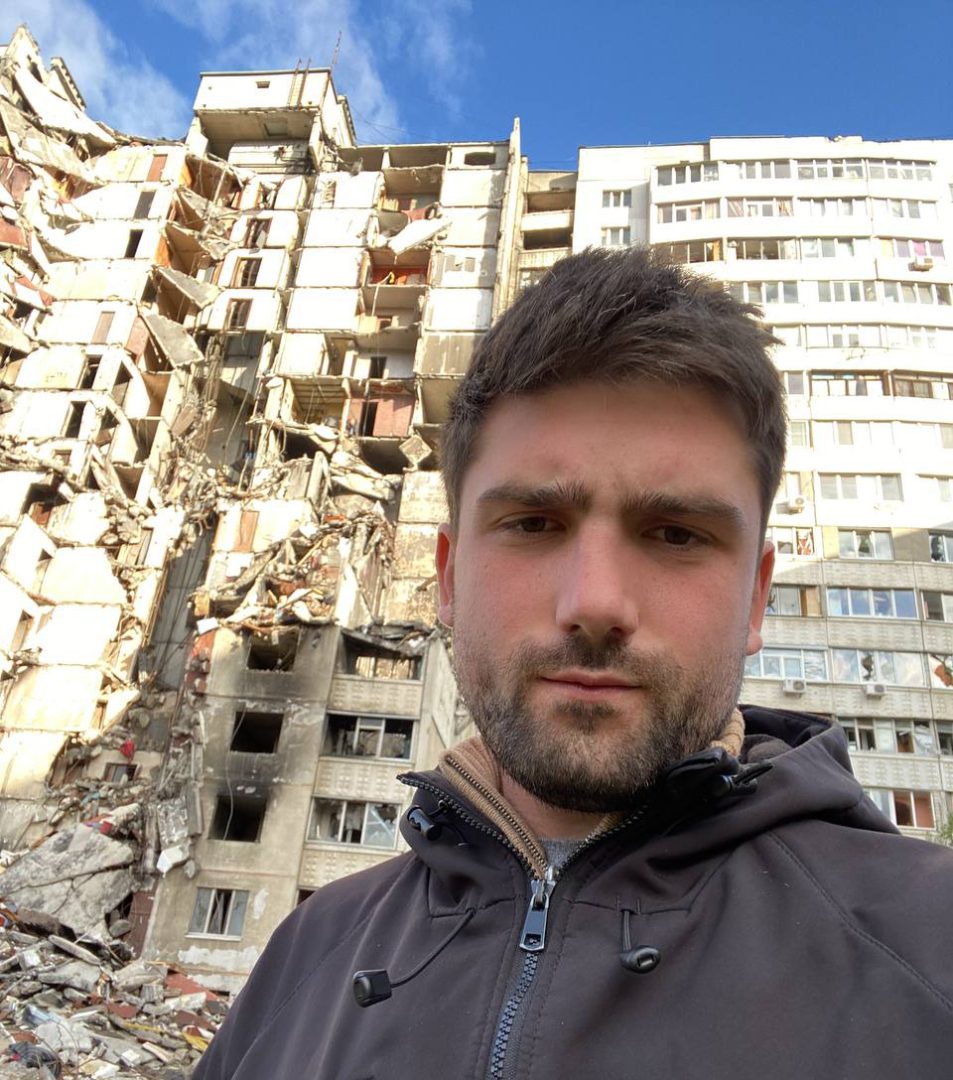
To make the international community witnesses of the real consequences of war, and not just spectators of a scary movie. This is the goal of the war landscape visualization project — 3D filming of the consequences of enemy occupation in liberated cities and villages. One of its participants was the winner of the “Talents for Ukraine” grant program from the KSE Foundation Yurii Andriienko.
This project is unique — for the first time in the world the consequences of war were filmed in VR technology. Such filming not only maximizes the effect of presence — it will help to prove the crimes of the Russians in an international court, because currently there are no methods for forging such videos, Yurii says.
In our interview, the winner of the grant program talked about the importance of capturing the landscapes of war, leaving occupied Donetsk, and vertical farms, which can become a new future for the agricultural sector.
Submit an application for the “Talents for Ukraine” grant program
How did the idea of 3D visualization of war landscapes come about?
It all started with the fact that military journalists I know filmed the “Mriya” plane in Gostomel 4 hours after the deoccupation on a VR camera. When I put on the virtual reality glasses, I felt like I was right there when it all happened. Then came the idea to record our history, because history can be slandered. Especially when the enemy comes to Ukraine. I want to remember that Russia is bad, it is evil.
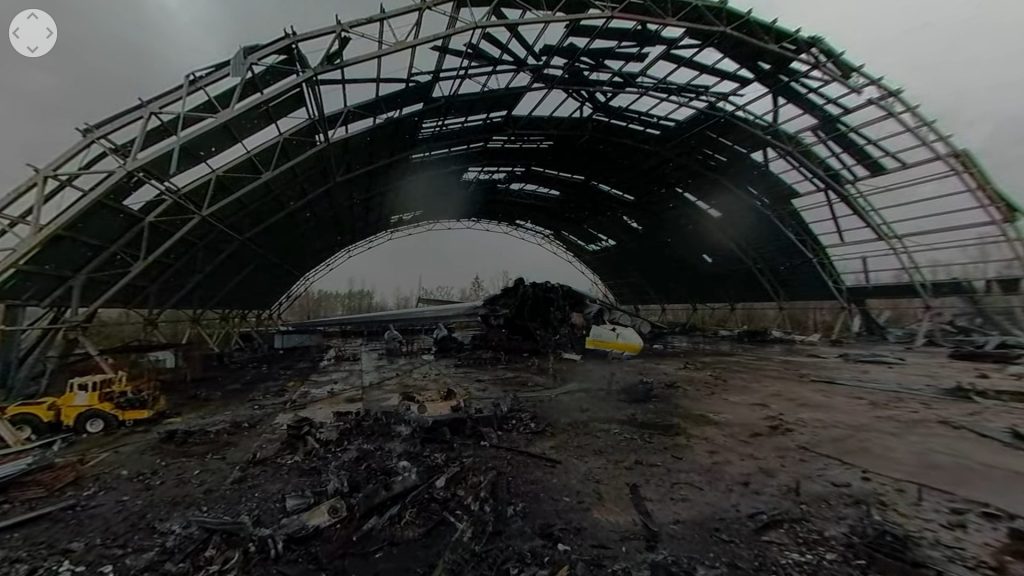
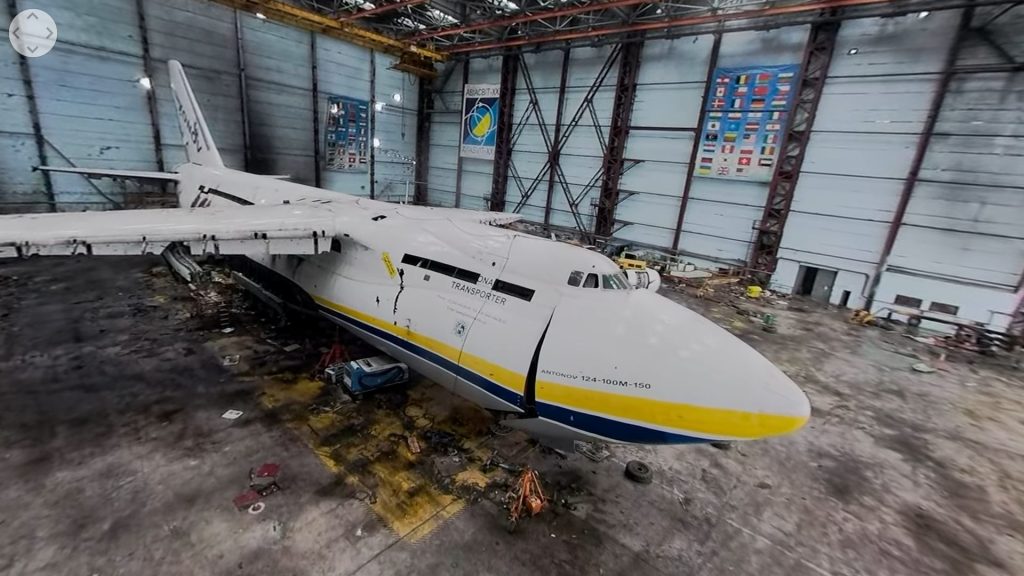
One of the goals of the project is to show the realities of war to a foreign audience
When we watch a video, we are spectators, and when we wear VR glasses, we witness the events. We showed the footage we shot to many ambassadors and consuls from different countries. Once the footage was shown to the editor-in-chief of the BBC from Britain, after which he cried. We then showed him the village of Moshchun, which was completely destroyed. In the future, these footage can be used in international courts as a record of Russia’s crimes on the territory of Ukraine. We shoot such footage, for which there is currently no technology that would allow them to be faked.
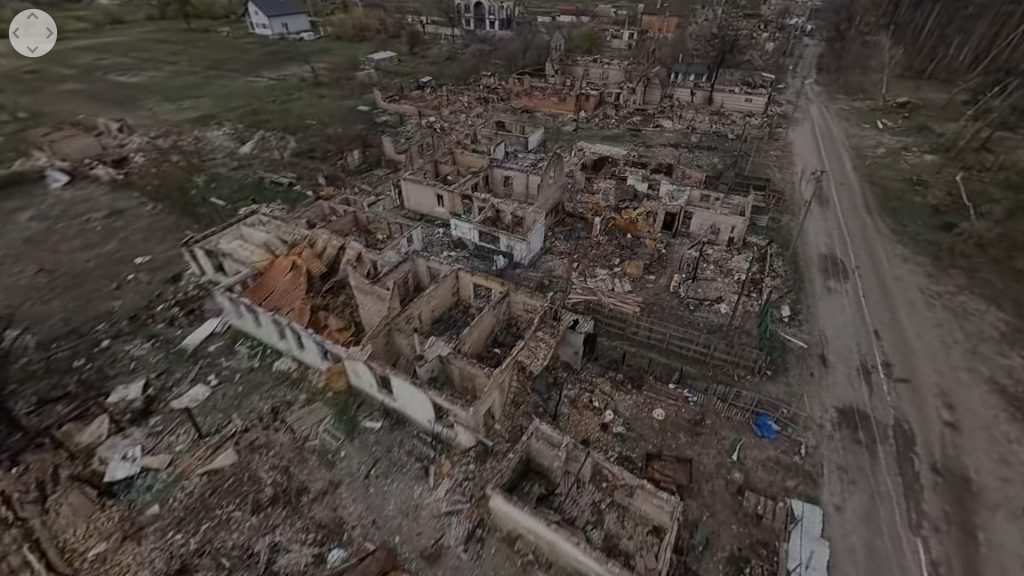
Tell us how you applied for the “Talents for Ukraine” grant program?
In fact, I tried to apply about five times, and it was only on the sixth that I was chosen. This is a story about how hard work beats talent, if you don’t give up and develop your ideas.
The grant amounted to $5,000, what was the money spent on?
First of all, to invest in yourself. I wanted to read a lot of books on vertical farming, marketing, and also spent part of the grant on English language courses. I spent most of the grant specifically on education.
What were the first videos made using virtual reality technology?
The first shots after the liberation of the Kyiv region from Moshchun and Ivankiv were given to us by acquaintances, and then we went to shoot in the Kharkiv region. When our military launched a counterattack, we were just on our way to Izium and Kupiansk. That’s when I knew we were going to win. We wanted to film and document these fresh destructions after the de-occupation of the Kharkiv region, in order to show them to the world.
How does VR shooting work?
The video is shot on special VR cameras. No one in the world has filmed a war in VR video, and no one before us has filmed an action video in VR. When you drive a car with VR glasses and control a drone, you can see everything. Drones are not yet adapted to shoot with VR cameras. So we had to reassemble the drone and attach a VR camera to it with the help of military specialists. So we shot Northern Saltivka in Kharkiv – it was, in my opinion, the second Mariupol. When you walk there in the middle of destroyed buildings, it’s one thing, but when you fly up and look from a bird’s-eye view, you see the full scale of the destruction.
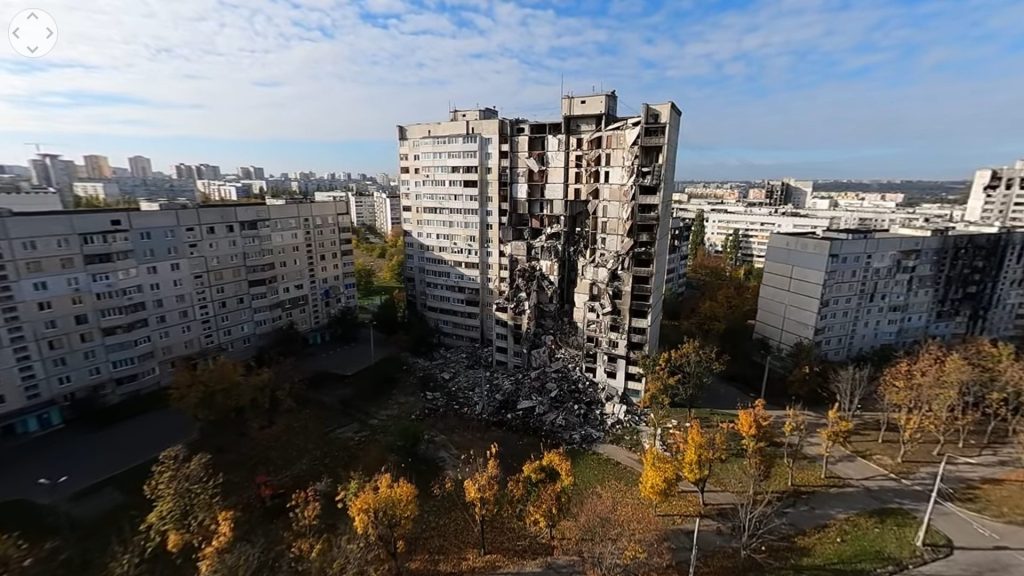
You’ve been helping the army since the early days of a full-scale invasion, before the idea of VR expeditions was born
That’s right, I then opened a volunteer workshop for sewing clothes, but I realized that there was a need for bulletproof vests. We tested plates for body armor for 3 months with the idea that if we are drafted into the ranks of the Armed Forces, then our body armor should save our lives. The slabs came from Germany, Egypt, Turkey, then my friends and I shot them. In the third month of testing, we found cool stoves, and they turned out to be Ukrainian. These were the only plates we received that stopped Russian bullets.
Is this not the first time you have experienced an escalation of hostilities?
Yes, I met the beginning of the war in 2014 in Donetsk, I was 13 years old. For another 5 years after the start of the war, I lived in the Russian occupation, and then I moved to Kharkiv, and later to Kyiv. It affects you very much, it was difficult to live in the occupation. I caught myself thinking that I would like to film the Donetsk airport. My story began there, and it should end there in the best sense of the word.
How many people are working on the project to visualize the effects of war?
12 people are marketing, PR, operators, editors. It is impossible to tell something to the world if your product or service is not of the first quality. We needed to meet this technological bar. We didn’t have any references, but we did it, I think. I did everything a little at a time – helped with SMM, the production team, negotiated permits and signed contracts, organized expeditions.
What do you want to focus on in the near future?
I’m now out of the visualization of war landscapes project. I am still drawn to smart farming because I understand that the climate is changing. I really want to continue doing vertical farming, which I did before the war, which is creating an artificial environment for growing plants in a closed environment with the help of a computer, ventilation and the right fertilizer. Thanks to this, you can grow all crops – from cherry tomatoes to oranges.
Until 2022, we had agreements with the European Aerospace Agency to test our technology, which would allow growing in zero gravity. But with the beginning of the war, our farms in Gostomel were destroyed by the Russians.
I will also try myself in the field of import substitution. We use a lot of Russian software, because there are no alternatives – these are accounting systems, platforms for SMM and marketing. I would like to build our platforms for this. When we win, we have to have our own social networks that we developed ourselves, because the Russians can impose sanctions too. Because of this, we could convey the truth and no one would block it. If America were to be attacked, META would have already blocked all of Russia.
What are you most proud of?
I am very proud that I am from Donetsk, and I am a person who loves Ukraine. Russia played a bad joke on me. She took my home. All the hatred for them I will pour out in my projects and in what I do.
What inspires you to move forward?
I am inspired by the successes of our army. My family inspires me – my bride and my dog. I am inspired by my friends who have not fled abroad, but are fighting at the front. Others think about creating something during the war, because it is very difficult to create and maintain new services during the war in Ukraine.

